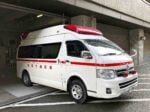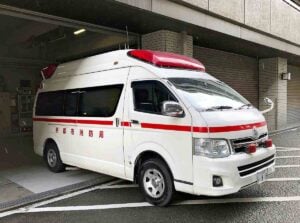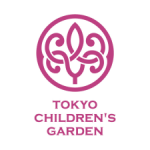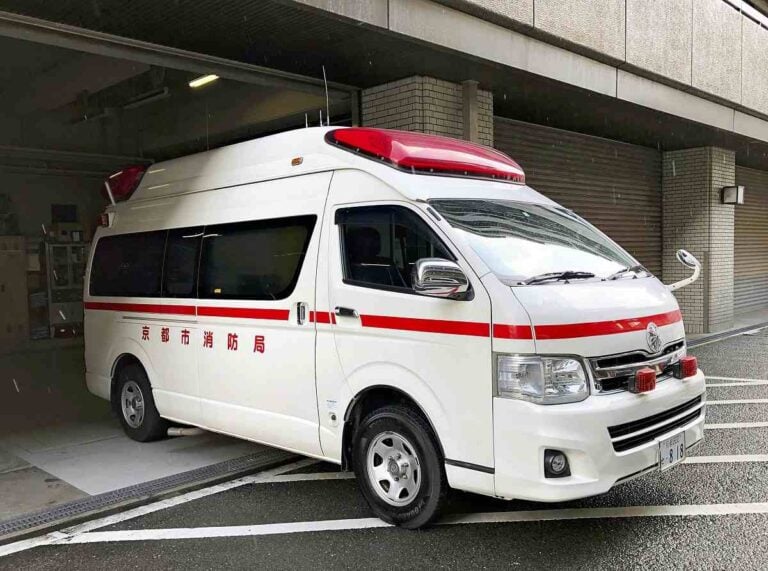
Navigating a medical emergency in a foreign country can be overwhelming, especially in a country like Japan, where procedures and expectations may differ from what you’re accustomed to. Having had to call an ambulance a few times myself, including once for severe food poisoning that led to a four-day hospital stay, I can share from personal experience that preparation and understanding the system are key to managing such situations smoothly. Here’s an in-depth guide to calling an ambulance in Japan and what you should expect during the process.
Key Observations from Personal Experience
Having been hospitalized unexpectedly, I realized how serious food poisoning was considered in Japan. What I thought might just require some IV fluids and medication turned out to be much more critical. The hospital staff informed me that my condition was severe enough to warrant immediate admission. It was a stark reminder that in Japan, medical professionals do not take health emergencies lightly. During my four-day stay, they ran thorough tests, monitored my vitals closely, and provided round-the-clock care. This highlighted the importance of being prepared for unforeseen hospital stays. Bringing essential items like a phone charger, comfortable clothes, and even some entertainment, such as books or a tablet, made the experience more manageable as I failed to do so in when I was admitted and had my partner bring them to me afterwards.
While the language barrier was occasionally a challenge, the hospital staff were patient and used simple phrases or gestures to communicate. My advice to anyone in a similar situation is to trust the process and remain cooperative.
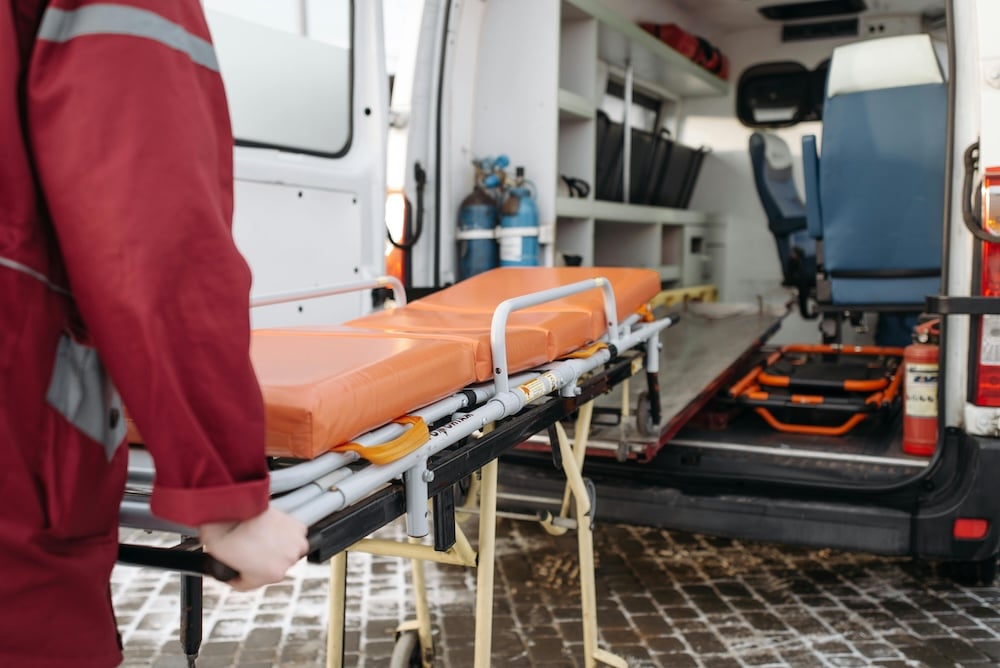
Essential Preparations
Emergencies often strike without warning, so having the following items ready at all times can make a significant difference:
- Health Insurance Card (Hokensho): This is crucial for ensuring your medical expenses are covered under Japan’s national health insurance scheme.
- Hospital or Clinic ID Card 診察券 (Shinsatsuken): If you’re already registered at a specific medical facility, bring your ID card to make everything quick and seamless.
- Medical Records お薬手帳 (Okusuri Techō): Especially if you have chronic conditions, having a summary of your medical history can help the doctors understand your needs better.
- Residence Card (Zairyu Card): Identification is necessary, especially for foreign residents.
- Emergency Contact Information: Have the phone number of a family member or close friend who can assist or provide necessary details.
- Cash or Payment Card: While ambulance services in Japan are free, you may incur costs for diagnostic tests like MRIs or CT scans.
- Power Bank and Phone Charger: Ensure you can stay connected to communicate with medical staff or your family in the duration of this incident.
What To Do When Calling an Ambulance
In Japan, dialing 119 connects you to emergency services. When calling for an ambulance, it’s essential to communicate effectively:
- State Your Address Clearly: Provide precise details of your location, including landmarks, building numbers, or nearby stations, to help the ambulance find you quickly.
- Prepare Your Essentials: While waiting for the ambulance, gather the items mentioned above. Having everything ready can save time and reduce stress.
- Inform Them of Preferences: If you have a preferred hospital or specific medical needs, let the dispatchers know. It’s also helpful to inform them if you have a medical notebook detailing your history.
- Describe Your Symptoms: Ambulance staff will need to understand the situation. Use translation apps like Google Translate if you’re not fluent in Japanese to explain your symptoms, when they began, and any relevant history.
- Wear Comfortable Clothing: You may need to remove clothing for tests like X-rays or blood draws. Packing extra clothes can also be helpful if you’re admitted.
During the Ambulance Ride
Unlike in some countries, Japan’s ambulance system involves specific protocols that might seem unusual at first:
- Hospital Availability Checks: Ambulance staff will contact hospitals to find one with availability. This process can take time, sometimes up to an hour. Don’t be alarmed if you spend a prolonged period in the ambulance during this stage.
- Preliminary Assessments: The paramedics will take your temperature, blood pressure, and heart rate. They will also ask about your symptoms and medical history to relay this information to the hospital.
- Language Barriers: If you’re not proficient in Japanese, consider keeping a list of key phrases or rely on a translation app. For instance, “Atama ga itai” (“I have a headache”) or “Mune ga kurushii” (“I have chest pain”) can be useful.
- Stay Calm: The wait might feel long, but the staff are working diligently to ensure you receive proper care.
Arriving at the Hospital
Once you reach the hospital, there are additional steps to complete before treatment begins:
- COVID-19 Testing: Most hospitals require a COVID-19 test upon arrival, which might delay immediate treatment and you would have to wait for about 30 minutes in the ambulance while waiting for the result.
- Initial Assessment: Depending on the hospital’s workload, you may not see a doctor immediately. In emergencies, you might first be attended to by a general practitioner rather than a specialist.
- Admission Considerations: If your condition requires hospitalization, you may be admitted on the same day. As I learned during my food poisoning experience, it’s wise to bring a few extra items just in case, such as toiletries, comfortable clothing, and phone chargers.
When You Should Not Hesitate to Call 119
In Japan, calling an ambulance does not cost an arm and a leg, unlike in some countries where ambulance fees can be extremely expensive. You should never hesitate to call for help in an emergency, as the system is designed to prioritize safety and accessibility for everyone.
Additional Tips for Foreigners
- Understand the System: Ambulances in Japan are equipped to stabilize patients but may not perform advanced procedures on the way to the hospital. Their focus is on safely transporting you to a facility that can provide appropriate care.
- Know Your Local Area: Familiarize yourself with nearby hospitals and clinics. Some hospitals are better equipped for foreign patients, with English-speaking staff or translators available.
- Emergency Apps: Apps like “Japan Life Guide” or “Pocket Interpreter” can provide quick translations and guidance in emergencies.
- Holiday Considerations: During national holidays or weekends, medical services may be stretched thin. Plan ahead for minor issues by knowing which clinics or hospitals are open.
While calling an ambulance in Japan can be an unfamiliar experience, being prepared and informed can make all the difference. Whether it’s having your essential documents ready, understanding the process, or knowing how to communicate effectively, these steps can help ensure you get the care you need without unnecessary stress. Emergencies are never easy, but with this guide, you’ll be better equipped to handle them confidently in Japan.

